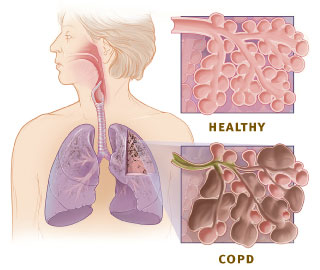More than decade ago, American consumers started avoiding foods with trans fat and companies responded by reducing the amount of trans fat in their products.
Trans fats (Fatty Acids, as building blocks) are those, where carbon atoms are linked with double bonds, positioned in the same side of other atoms and the chain is straight. In contrast, Cis isomers contain double bonds in the opposite side and the chain is bent.
Humans are capable of digesting Cis fats that is found in nature, where as trans fats cannot be and are manufactured. The later is implicated for causing coronary artery disease (CAD), probably by increasing LDL (Low density lipoproteins) and decreasing HDL (High density lipoproteins). HDL is the carrier of lipoprotein for metabolism.
| English: diagram of absorption of fats (Photo credit: Wikipedia) |
This evolution began when FDA first proposed in 1999 that manufacturers be required to declare the amount of trans fat on Nutrition Facts labels because of public health concerns. That requirement became effective in 2006.
However, there are still many processed foods made with partially hydrogenated oils (PHOs), the major dietary source of trans fat in processed food.
The Centers for Disease Control and Prevention estimates that a further reduction of trans fat in the food supply can prevent an additional 7,000 deaths from heart disease each year and up to 20,000 heart attacks each year.
Part of the FDA's responsibility to the public is to ensure that food in the American food supply is safe. Therefore, due to the risks associated with consuming PHOs, FDA has issued a Federal Register notice with its preliminary determination that PHOs are no longer "generally recognized as safe," or GRAS, for short. If this preliminary determination is finalized, then PHOs would become food additives subject to premarket approval by FDA. Foods containing unapproved food additives are considered adulterated under U.S. law, meaning they cannot legally be sold.
If FDA determines that PHOs are not GRAS, it could, in effect, mean the end of artificial, industrially-produced trans fat in foods, says Dennis M. Keefe, Ph.D., director of FDA's Office of Food Additive Safety. FDA is soliciting comments on how such an action would impact small businesses and how to ensure a smooth transition if a final determination is issued.
Trans fat wouldn't be completely gone, Keefe notes, because it also occurs naturally in small amounts in meat and dairy products. It is also present at very low levels in other edible oils, such as fully hydrogenated oils, where it is unavoidably produced during the manufacturing process.
PHOs are found in many popular processed foods, like baked goods and frozen foods that time-crunched Americans use to feed their families. They have been widely used as ingredients since the 1950s to increase the shelf-life and flavor stability of foods.
However, Mical E. Honigfort, a consumer safety officer at FDA, says that trans fat can still be found in such processed foods as:
- crackers, cookies, cakes, frozen pies and other baked goods
- snack foods (such as microwave popcorn)
- frozen pizza
- vegetable shortenings and stick margarines
- coffee creamers
- refrigerated dough products (such as biscuits and cinnamon rolls)
- ready-to-use frostings
Even if a food claims on its packaging to have "0 grams trans fat," it's a good idea to look at the ingredients, says Honigfort. Under current regulations, companies can make that claim if the food contains less than 0.5 grams of trans fat per serving. But if there is partially hydrogenated oil listed with the ingredients, there might be a small amount of trans fat. Selecting foods with even small amounts of trans fat can add up to a significant intake.
This article appears on FDA's Consumer Updates page, which features the latest on all FDA-regulated products.
...
Click here to Subscribe news feed from "Clinicianonnet; so that you do not miss out anything that can be valuable to you !!
...






